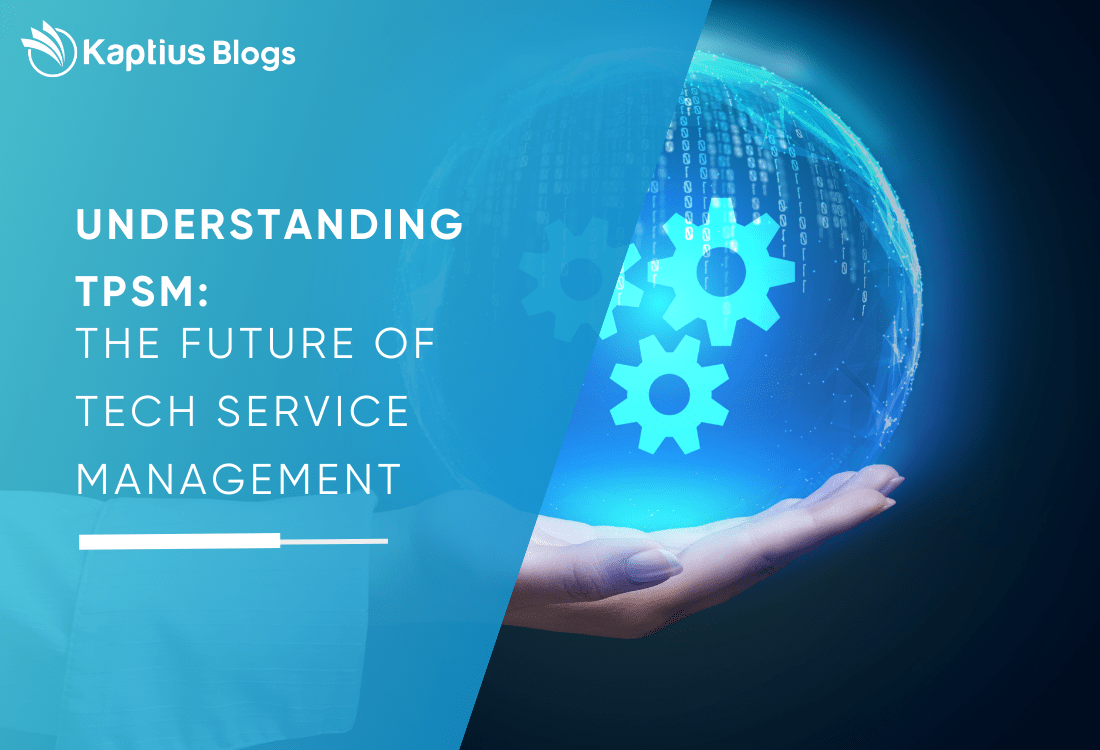1. Establish Specific Goals

2. Understand the infrastructure

Prior to embarking on the implementation of a discovery process, it's imperative to gain a comprehensive understanding of the organization's infrastructure elements. This entails examining their placement, operation, and configuration. It's equally essential to ascertain the diversity of cloud service providers in use and identify the responsible parties overseeing these operations.
This preliminary infrastructure assessment lays the foundation for a successful discovery implementation by providing essential insights into the existing ecosystem. It aids in making informed decisions and ensures the discovery process aligns seamlessly with the organization's infrastructure landscape.
3. How many mid-servers?
The Mid-Server's Vital Role in ServiceNow Discovery: The Mid-Server assumes a pivotal role in the ServiceNow Discovery process as it serves as a bridge of communication between the ServiceNow instance and the targeted infrastructure. A best practice in this context is to deploy a cluster of Mid-Servers to effectively distribute the workload. The number of Mid-Servers required hinges on factors such as the volume of devices being managed and the complexity of the security zones.
- Strategically positioning the Mid-Servers in close proximity to the infrastructure they interact with is another key consideration. This proximity facilitates efficient and timely data collection, enhancing the overall effectiveness of the Discovery process. Use a separate MID Server for Discovery to isolate discovery traffic from other ServiceNow traffic.
MID Server Calculator : Use this to estimate number of mid servers required.

4. Device Discovery Credentials Overview
ServiceNow employs an agentless discovery approach, necessitating the use of diverse credentials to facilitate device discovery. For instance, Unix discovery relies on SSH credentials, while SNMP is essential for network devices, among others. It's important to note that ServiceNow securely stores these credentials in an encrypted format, ensuring that once saved, they remain inaccessible. Additionally, adhering to the provided permission lists from ServiceNow's documentation is imperative when configuring credentials. Use dedicated credentials for Discovery to avoid credential conflicts and ensure security.

5. What are the vaults supported for discovery?
If you do not want credentials stored in your instance, you can use external credential repositories. External credential stores save the credentials in an external site that your instance can access. CyberArk is the only supported external credential store.
6. Keep CMDB Health Job’s up and running
In many instances, you might encounter multiple discovery sources. It's crucial to maintain the relevance and accuracy of data. In this context, CMDB health jobs assume a pivotal role. They enable not only the oversight of data health but also the management of relationships within the CMDB. It's imperative to ensure that scheduled jobs are activated from the outset to guarantee data accuracy and integrity.
7. Keep Discovery up to date
ServiceNow consistently enhances its ITOM modules with the latest store apps and various plugins. Additionally, ServiceNow provides comprehensive dashboards that streamline the reporting of discovered data and error logging. These dashboards offer valuable insights and facilitate efficient data management. Moreover, cloud workspaces and CMDB views provide a 360-degree perspective, enriching the CMDB's overall visibility and usability.
-1-1.png?width=1500&height=583&name=Poorna_2_Logo_Vector_Kaptius_Final_file-03%20(1)-1-1.png)



